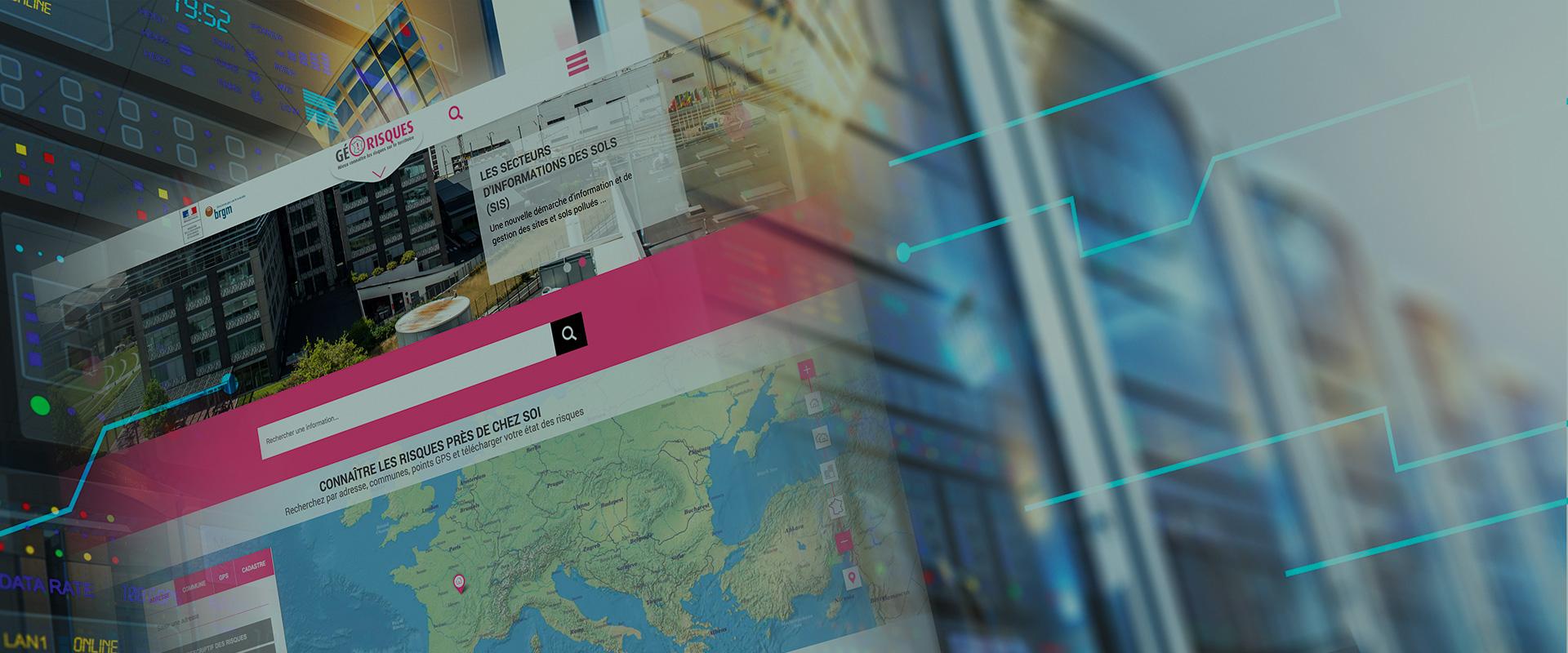
Frédéric Huynh, director of the Data Terra research infrastructure and head of the Gaia Data project - EQUIPEX+/PIA3.
© Data Terra
Interview of Frédéric Huynh, Director of the Data Terra research infrastructure and head of the Gaia Data project - EQUIPEX+/PIA3.
What are the scientific goals of Data Terra?
Frédéric Huynh: The Data Terra research infrastructure is one of the three e-infrastructures making up the national roadmap in the field of Earth systems and the environment. Founded in 2016, Data Terra provides data and services for integrated knowledge and observation of the Earth system. Its mission is to implement and develop infrastructures for data and distributed services in order to observe, understand and predict developments against the backdrop of global change that we are seeing right now. In practical terms, Data Terra brings together 26 organisations providing researchers with multi-source and multi-sensor data processing services (satellite, soil, in situ, etc.) as well as advanced technical and computing resources (storage, on-demand processing, computing, AI, visualisation, etc.). Drawing upon this range of activities, we deliver value-added services to address scientific challenges.
In this context, why BRGM?
F.H.: From a technical standpoint, we need to provide access to data that are, as I said, complex, multiple and dynamic. This access needs to be simple and transparent so that users can focus on scientific objects and processes. We needed to recognise the tendency to work in silos and the many obstacles facing us: the exponential increase in volumes and sources, changing requirements, the need for co-construction between science and engineering, the integration of artificial intelligence, and so on. And we had to provide interoperability as a key requirement.
This being so, BRGM naturally emerged as a key partner, primarily for the ForM@Ter (Solid Earth) data cluster and the implementation of distributed platforms for FAIR data and services on behalf of Data Terra. BRGM joined Data Terra in 2017 and is extensively involved in ForM@Ter, of which it is a founding member. It is a major player in digital geoscience, and therefore a natural and even a key partner in terms of strategic added value.
Can you provide specific work examples?
F.H.: Gaia Data has 21 partners. It’s a groundbreaking eight-year project to develop a distributed data and service infrastructure to observe, model and understand the Earth system, biodiversity and the environment. BRGM will manage and operate one of the nodes, and coordinate and develop services to support its use. Another example is the construction of the national thematic data warehouse for publications in the relevant disciplines. And we shouldn't forget the outlook for the future, with the deployment of Data Terra in Europe, as part of the EOSC in particular, and also at international level. We will need to meet challenges in terms of data interoperability, multi-source and multi-thematic services and the development of integrated approaches to the Earth system.







